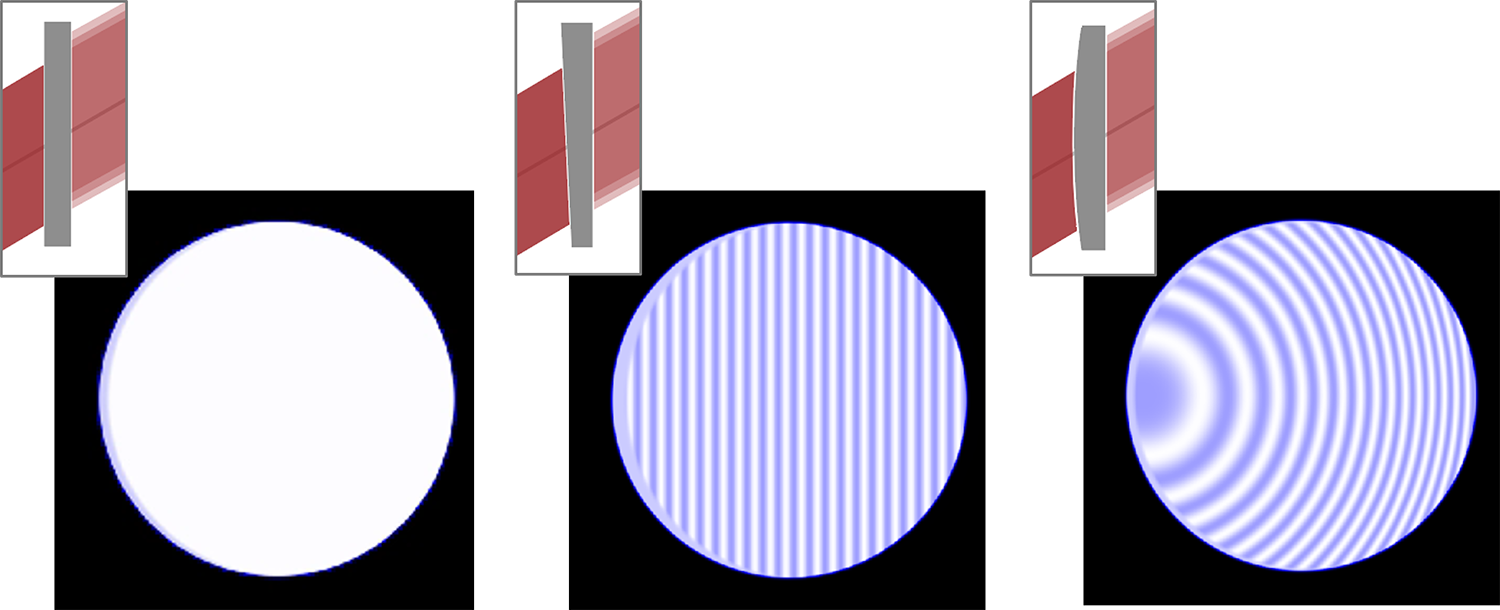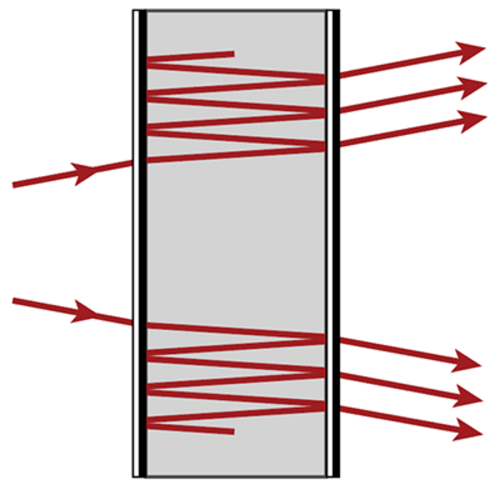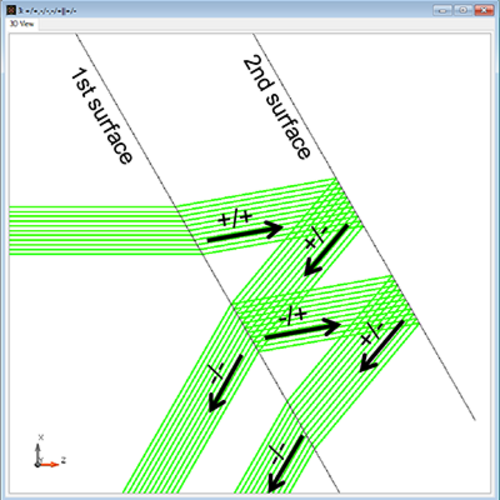Modeling of Etalon with Planar or Curved Surfaces
Abstract
The basic setup of an optical etalon is a transparent plate with parallel surfaces. Such a structure forms a resonator, where transmittance and reflectance vary with the thickness of the etalon. Beside this simple configuration, more complex etalons, with e.g. non-parallel surfaces and curved surfaces, are designed and used for different applications. With the non-sequential field tracing technique of VirtualLab Fusion, several configurations of etalons are analyzed, and the differences in the output interference fringes are investigated including polarization effects.
VirtualLab Fusion Configuration
-
 VirtualLab Fusion
VirtualLab Fusion



